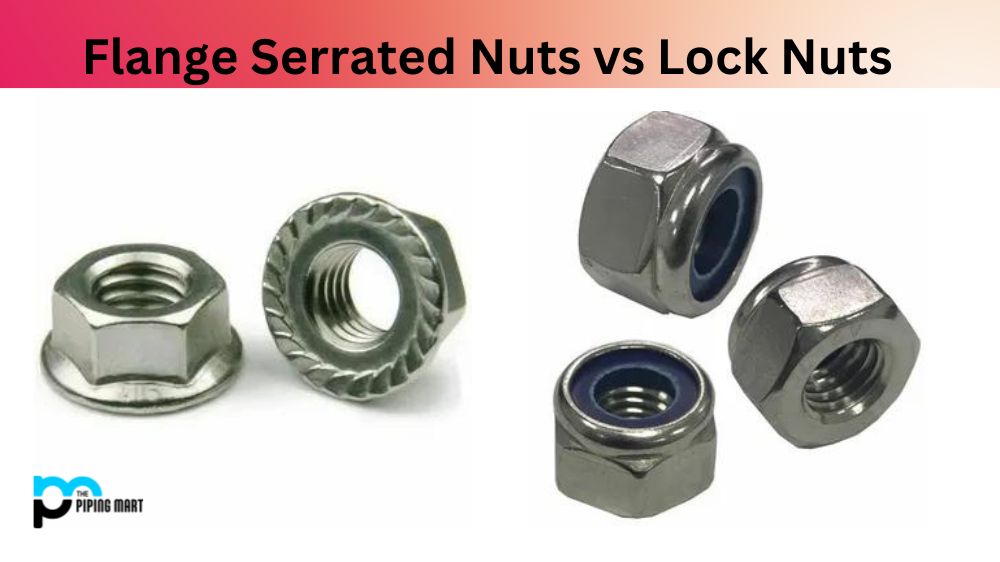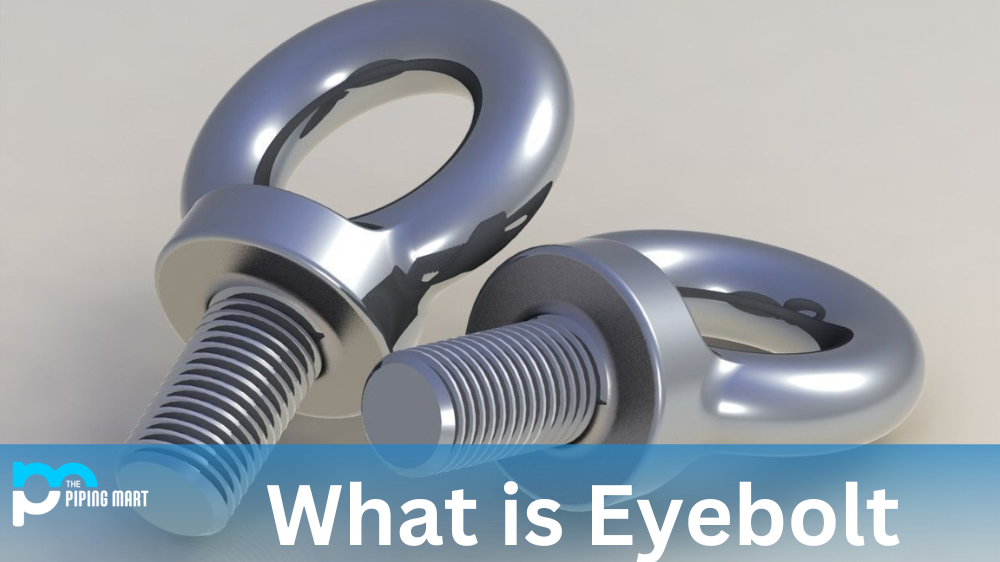Regarding fastening parts, there are two common options – knurled thumb nuts and thread nuts. Both are used to secure a bolt or a screw but differ in design and function. So, what’s the difference between these two fasteners, and when should you choose one? This blog post will delve deep into the features and benefits of knurled thumb and thread nuts. So, let’s get started!
Knurled Thumb Nuts
Knurled thumb nuts are small, threaded thumb nuts with a knurled pattern across the surface that provides additional grip when tightened or loosened. They provide a quick and easy way to secure parts together without requiring tools like wrenches. They’re often used in applications requiring frequent adjustments, such as mounting shelves and other home furniture pieces.
Thread Nuts
Thread nuts, also known as hex nuts or hexagon nuts, are a type of fastener with internal threads. They are typically used with a mating bolt to secure two components and come in various shapes and sizes to suit different applications. Usually made from metal such as steel or brass, these threaded fasteners feature six sides for easy tightening by hand or with a wrench. They can be found in many industries, including automotive manufacturing and construction engineering.
Difference Between Knurled Thumb Nuts and Thread Nuts
Design and Appearance:
One of the biggest differences between knurled thumb nuts and thread nuts is their design and appearance. A knurled thumb nut is a type of nut that has a raised and roughened surface that allows you to tighten and loosen it by hand. It features a circular base with a domed top that has a ring of knurls around it, making it easy to grip with your fingers. On the other hand, a threaded nut is a regular hexagonal or square-shaped nut with no special features or raised surfaces.
Function:
Knurled thumb nuts and thread nuts also differ in terms of their function. Knurled thumb nuts are designed to be tightened and loosened by hand, so they don’t require any special tools to install or remove. They are ideal for applications where you need to frequently adjust or remove a fastener. On the other hand, thread nuts require a wrench or a socket to tighten and loosen them. They are more secure and less likely to loosen over time, making them suitable for applications where vibration or movement is a concern.
Tolerance and Thread Sizes:
Regarding tolerance and thread sizes, thread nuts have an advantage. Thread nuts are available in a wide range of thread sizes, making them suitable for various applications. They are also manufactured to strict tolerances, ensuring a snug fit and a secure hold. On the other hand, knurled thumb nuts come in a limited range of thread sizes and are less precise than thread nuts.
Material and Surface Finishing:
Both knurled thumb nuts and thread nuts are available in different materials, including stainless steel, brass, aluminium, and plastic. However, knurled thumb nuts are more commonly made from brass because of their aesthetic appeal. They are often plated with a shiny or matte finish to enhance their appearance. On the other hand, thread nuts are available in a wide range of surface finishes, including plain, black oxide, and zinc-plated to provide corrosion resistance.
Cost and Availability:
Finally, the cost and availability of knurled thumb and thread nuts are also factors to consider. Knurled thumb nuts are often more expensive than thread nuts due to their design and aesthetic appeal. They are also less commonly used than thread nuts, which means they may be less readily available. Thread nuts are widely available and inexpensive, making them the go-to choice for many fastening applications.
Conclusion:
Knurled thumb nuts and thread nuts may look similar at first glance, but they have distinct differences that make them suitable for different applications. Knurled thumb nuts are best for applications that require frequent adjustments or removal, while thread nuts are ideal for applications that require a secure and permanent hold. Understanding the features and benefits of each will help you make an informed choice when selecting the right fastener for your needs.




